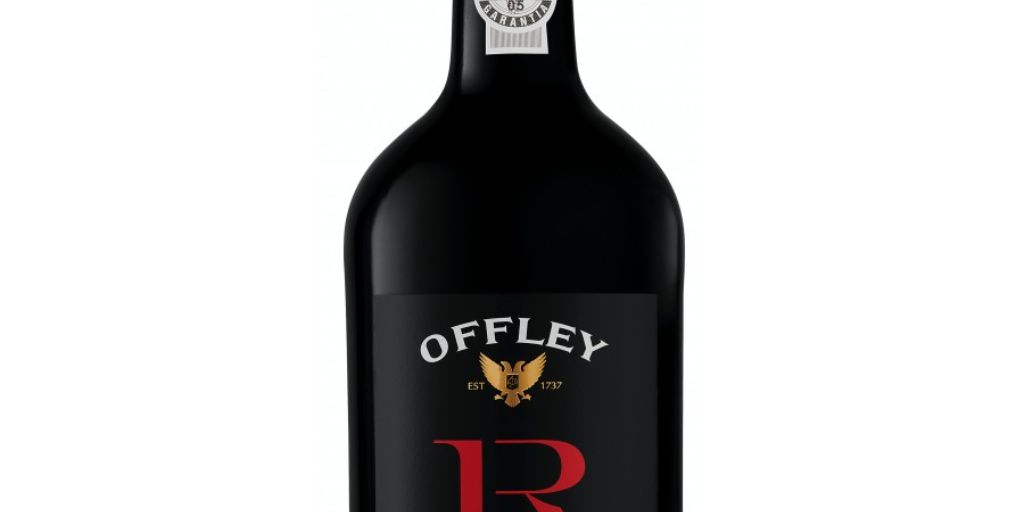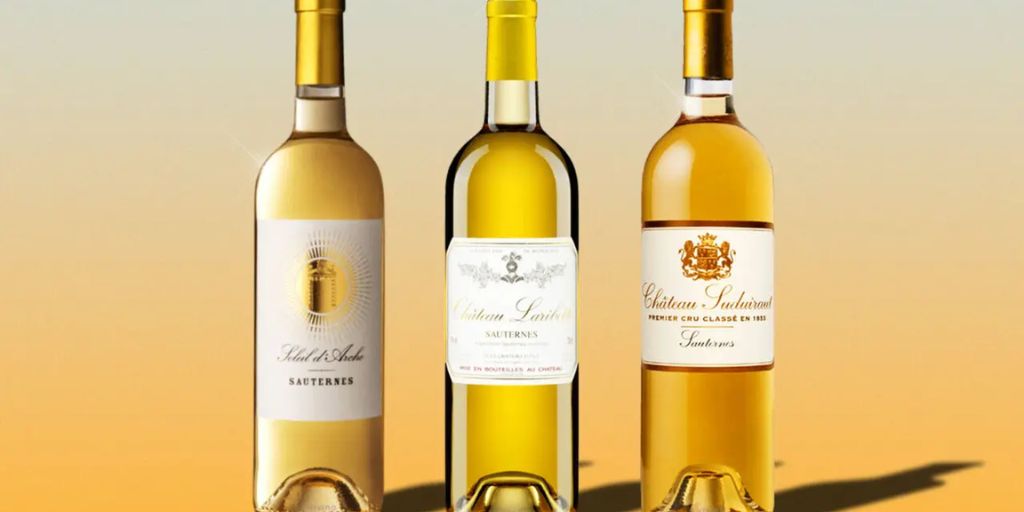If you have a sweet tooth and love ending a meal on a sugary note, dessert wines are a luxurious treat that elevates the experience. These wines aren’t just sweet—they’re crafted to complement rich desserts or even serve as dessert themselves.
From honeyed Sauternes to the fruity delight of Moscato d’Asti, dessert wines showcase the beauty of sweetness in winemaking. Whether you’re a connoisseur or a curious beginner, here’s a guide to some of the best dessert wines to satisfy your sweet cravings.
What Are Dessert Wines?
Dessert wines are generally sweeter than table wines and are often served in smaller portions due to their richness and higher alcohol content. They’re typically enjoyed after a meal and made using special processes like late harvest picking, fortification, or noble rot (botrytis cinerea) that concentrates sugars and flavors.
Some common types of dessert wines include:
-
Late Harvest Wines
-
Fortified Wines (e.g., Port, Sherry)
-
Sparkling Dessert Wines
-
Botrytized Wines
-
Ice Wines
Each type brings its own personality to the table, from syrupy and dense to crisp and honeyed.
1. Sauternes (France)
Highlights:
-
Region: Bordeaux, France
-
Flavor Profile: Apricot, honey, marmalade, caramel, and tropical fruit
-
Best Pairings: Blue cheese, foie gras, crème brûlée, fruit tarts
Sauternes is one of the most iconic and revered dessert wines in the world. Made from Sémillon, Sauvignon Blanc, and Muscadelle grapes affected by noble rot, it offers an incredibly rich, layered flavor. Top producers like Château d’Yquem have turned this golden liquid into a symbol of elegance and indulgence.
A good bottle of Sauternes brings complex notes of honey, apricots, and nuts with a luscious texture that lingers. It’s best served chilled and sipped slowly to enjoy its full bouquet.
2. Moscato d’Asti (Italy)
Highlights:
-
Region: Piedmont, Italy
-
Flavor Profile: Peach, orange blossom, citrus, and honeysuckle
-
Best Pairings: Fresh berries, sponge cake, fruit salads, light pastries
Moscato d’Asti is a low-alcohol, lightly sparkling wine that’s a favorite among those who prefer fruity and refreshing sweetness. Its gentle fizz and floral aroma make it a charming, easy-drinking option, especially in the warmer months.
Perfect for beginners and experts alike, this Italian classic is a crowd-pleaser that pairs beautifully with brunch fare or fruit-based desserts.
3. Tokaji Aszú (Hungary)
Highlights:
-
Region: Tokaj, Hungary
-
Flavor Profile: Orange zest, honey, saffron, stone fruit, and nutty spice
-
Best Pairings: Nut desserts, gingerbread, creamy cheeses
Known as the “Wine of Kings and King of Wines,” Tokaji Aszú is a centuries-old Hungarian wine made from botrytized grapes. The Aszú berries are picked individually and blended with base wine to produce an intensely flavorful and sweet drink with zippy acidity.
Its ability to balance richness with freshness makes Tokaji ideal for sipping alongside spiced or nutty desserts, and it’s also stunning on its own.
4. Vin Santo (Italy)
Highlights:
-
Region: Tuscany, Italy
-
Flavor Profile: Dried fruit, almond, fig, caramel, and spice
-
Best Pairings: Biscotti (especially cantucci), nut-based treats, dark chocolate
Vin Santo, or “holy wine,” is traditionally made by drying grapes on straw mats, which concentrates sugars before fermentation. Aged in small barrels for several years, it has a deep, amber hue and a complex, nutty profile.
This wine is often served with cantucci (almond cookies), which you dip into the glass—a custom that dates back generations. Vin Santo’s toasty warmth makes it ideal for cozy evenings.
5. Ice Wine (Eiswein – Germany/Canada)
Highlights:
-
Region: Germany, Canada (especially Ontario)
-
Flavor Profile: Honey, green apple, lychee, tropical fruit, citrus
-
Best Pairings: Cheesecake, panna cotta, sharp cheeses, fruit pastries
Ice wine is made from grapes that freeze naturally on the vine, concentrating their sugars and acids. Pressed while still frozen, the resulting juice is incredibly sweet yet balanced by bright acidity.
Canada’s Niagara region and Germany’s Rheingau are top producers. Ice wine is rare and often pricey due to the difficulty of production, but its unique, vibrant taste makes it a must-try.
6. Ruby Port (Portugal)
Highlights:
-
Region: Douro Valley, Portugal
-
Flavor Profile: Cherry, blackberry, spice, chocolate
-
Best Pairings: Brownies, chocolate lava cake, aged cheddar
Port is a fortified wine, meaning spirits are added to stop fermentation and preserve sweetness. Ruby Port is the fruitiest and youngest expression, boasting a deep red color and bold flavors.

For lovers of chocolate, Ruby Port is a dream pairing. It brings out the richness of cocoa and adds a warm, spiced undertone to the overall dessert experience.
Tips for Serving Dessert Wines
-
Use smaller glasses: Dessert wines are meant to be savored slowly. Use small tulip-shaped glasses to focus the aroma and control portion size.
-
Serve chilled (except some reds): Most dessert wines show best when lightly chilled (45–55°F). Fortified reds like Port are best just below room temperature.
-
Balance the sweetness: A good rule of thumb is to make sure your wine is sweeter than your dessert. Otherwise, the wine can taste sour or flat.
-
Store properly: Many dessert wines come in smaller bottles (375ml), and once opened, they can last longer than table wines if refrigerated and sealed.
Final Thoughts
Dessert wines are a diverse and luxurious category that deserves a spot in every sweet lover’s repertoire. Whether you’re indulging in a rich Tokaji or enjoying the playful bubbles of Moscato d’Asti, there’s a bottle for every kind of palate and occasion.
The next time you’re planning a dessert course—or simply craving a sweet sip on its own—reach for one of these standout wines and treat yourself to a beautifully balanced finale.


